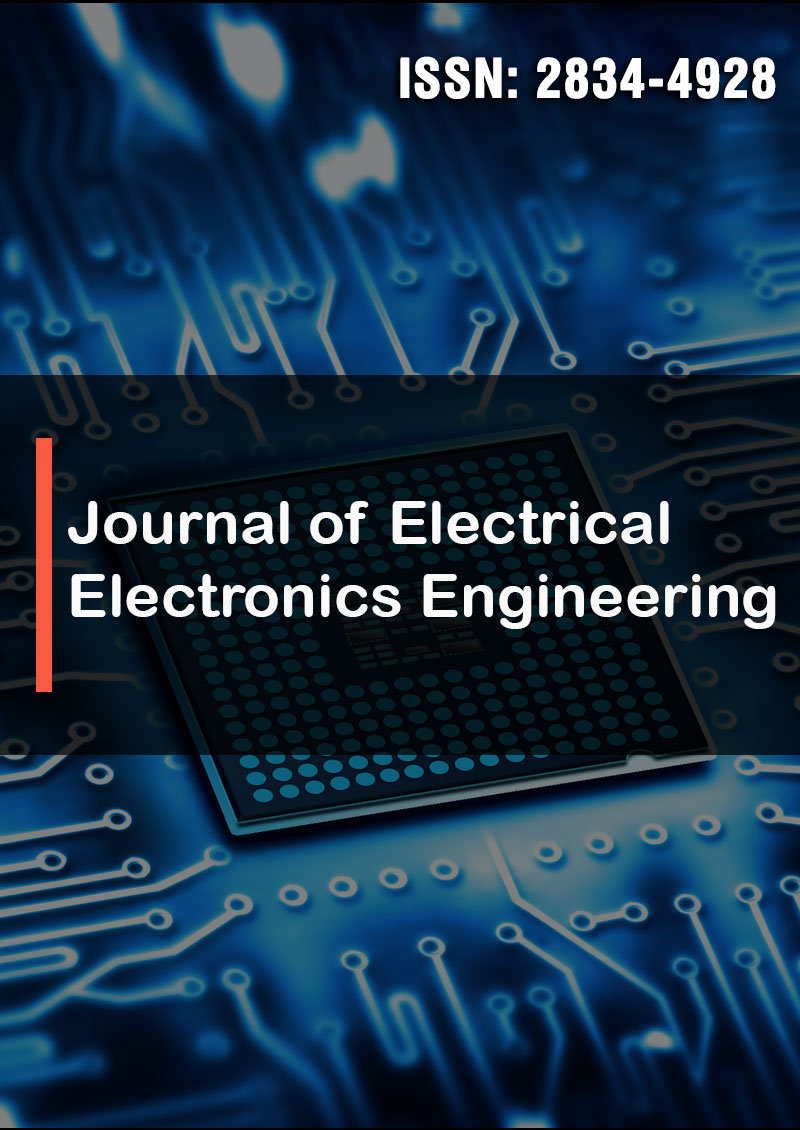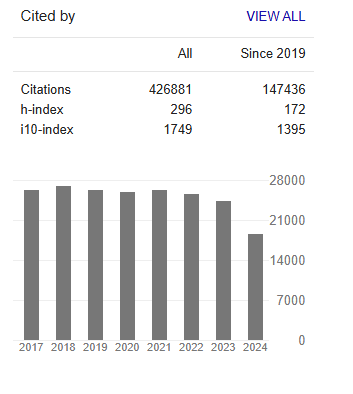When Sustainable Technologies are Ignored. Socio-Technical Systems Thinking, Construction and Sustainable Development
Abstract
Achieving sustainable environments requires the construction industry to employ digitalization processes, appropriate procurement methods and innovative technologies. However, the benefits of innovative technologies can be missed when construction supply chains are disjointed and procurement methods inappropriate. This paper reflects on the installation and use of a digital technology in the built environment: a Japanese digital toilet installed in a Vietnamese hotel as experienced by a UK tourist. Employing an autoethnographic approach, the paper mobilises socio-technical systems thinking to examine the digital technology to identify factors leading to a negative experience of the technology from the authors` perspective. The analysis leads to a discussion of innovative technologies and construction supply chains, digitalization processes, the project lifecycle and achieving sustainable futures. The retrospective examination of an innovative technology identifies several issues of importance: communicating the innovation function/purpose; cultural barriers to innovation use; value of data for technological innovation; importance of the innovation experience; maximising technology value through the project lifecycle; social benefits of innovations in the built environment: integration of innovations with external stakeholders (government/social services), etc. The socio-technical systems analysis provides a framework for both retrospective review of existing technologies and an assistive tool to improve planning, design and installation of new technologies in the future. The issues explored are relevant for technology innovators, academics and practitioners in the field: achieving a sustainable future requiring both a predictive and retrospective adaptation of technologies in the built environment. The potential business opportunities in such work are also noted.




